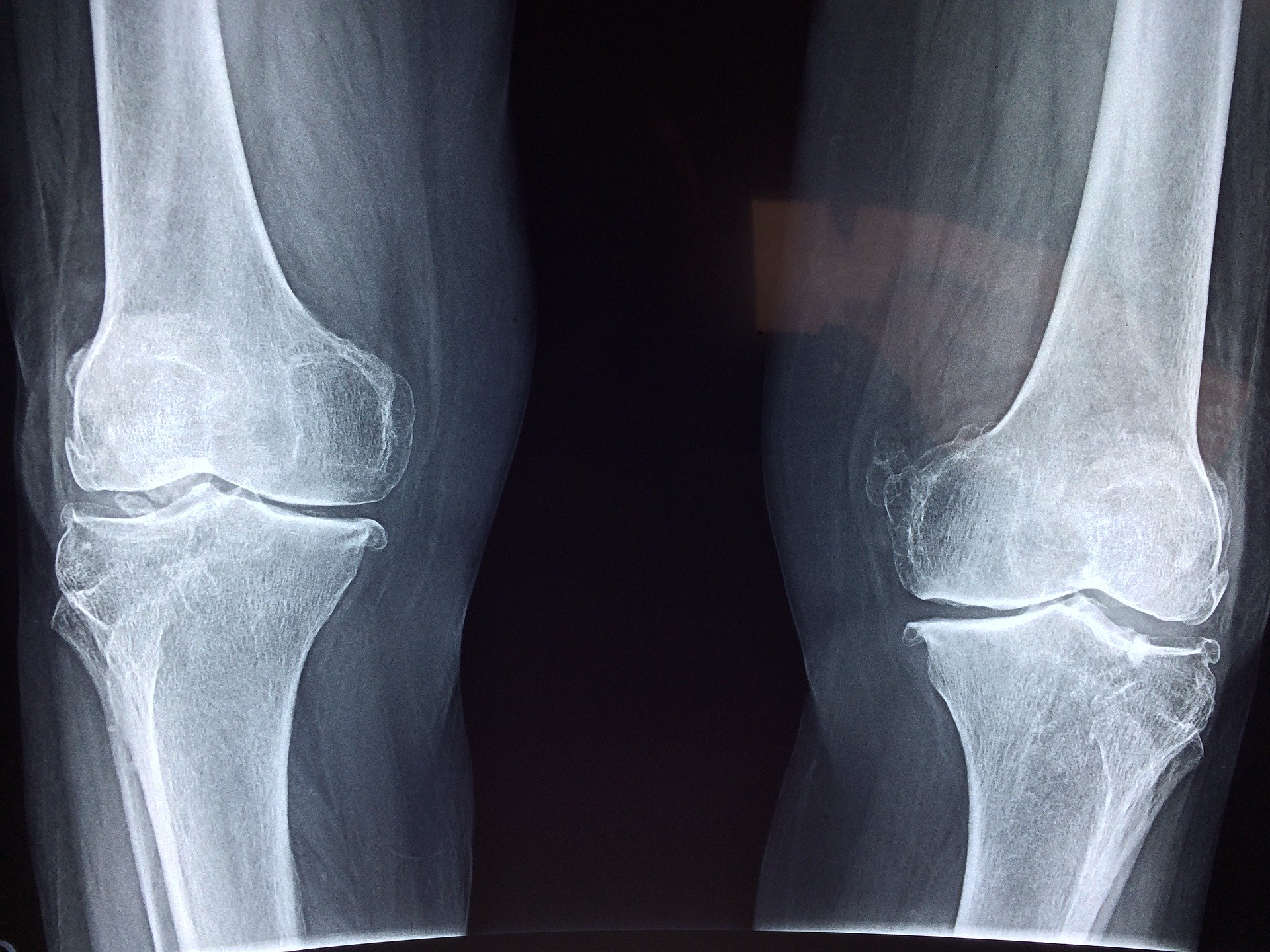Cornell Law School defines a personal injury as “an injury not to property, but to the body, mind or emotions.” A personal injury is not limited to physical injuries but also encompasses those that are not visible to the naked eye. In order to prevail on a personal injury claim, proof of some personal injury is required.
How long do you have to file a personal injury claim?
A lawsuit for a personal injury is subject to a one-year period of liberative prescription, following the date of accident. Thus, you must file your lawsuit within one year from the date of the accident that caused the injury.
Possible damages
The term “damages” refers to pecuniary compensation, recompense, or satisfaction for an injury sustained. L.A.C.C. art. 2315. Stated simpler damages means money. Depending on the nature of the claim, a party may receive awards for: medical bills, lost wages, mental or physical pain and suffering, inconvenience, loss of gratification or intellectual or physical enjoyment, or other losses of lifestyle that cannot be measured definitively in terms of money. Damages may be awarded for past injuries as well as for the reasonable, foreseeable future injuries.
Building your case
In order to recover the maximum amount of damages it is important to put on a strong case. The strength of any case lies in the evidence that works in your favor, thus it is important to preserve all evidence. For example, if you are in a car accident you should take and keep pictures of the accident and any injuries. If your injuries are more severe get medical treatment and continue to seek treatment until your injuries subsides.


